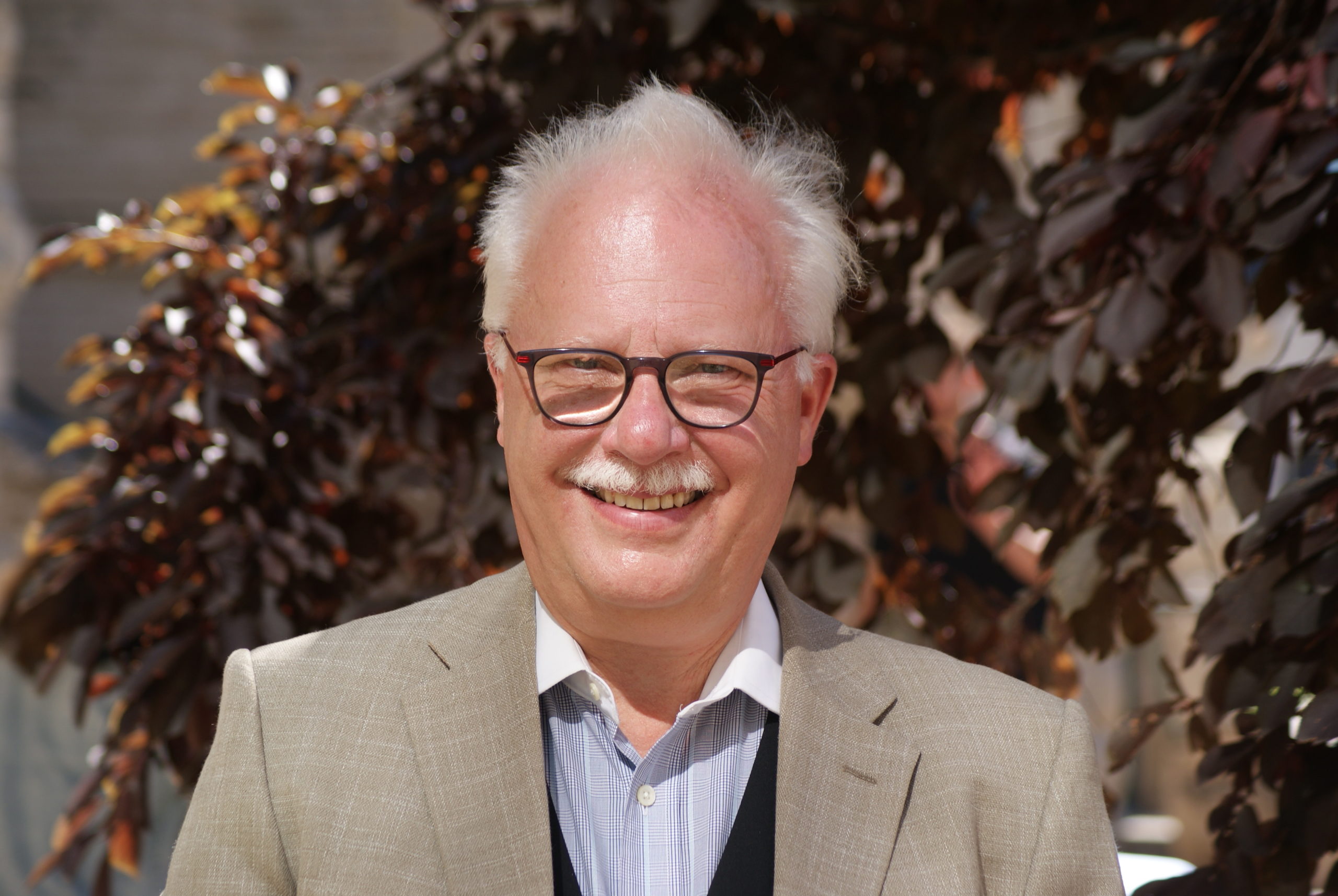
By
Paul Shore
October 2021
Print Version
What you need to know
The Kalmyks are one of many Indigenous Peoples living in Eastern Europe and Western and Central Asia. They are the only Buddhist-majority nation in Europe. Their language, music, and folkways have endured despite colonialism, persecution, and deportation. Kalmyk culture is undergoing a revival.
In 1700, a Christian missionary visited Kalmykia, where he found many things to admire about its inhabitants, including their generosity and high ethical standards.
Why this research is important
The Kalmyks (sometimes spelled Calmuks) are a people indigenous to Southern Russia, having emigrated there in the early seventeenth century from Mongolia. Despite experiencing persecution and exile under Stalin’s rule during Soviet times, they have preserved their language and many of their folkways, and today Kalmykia is a constituent republic of the Russian Federation.
How this research was conducted
Three hundred years ago, few Western Europeans had visited the Kalmyk homeland, then near the Sea of Azov, between the Russian and Ottoman Empires. In 1700, a Catholic Jesuit missionary of Czech background named Jan Milan, who had been working incognito at the court of Peter the Great, journeyed to the land of the Kalmyks, where he remained for many months. While he was there, he learned some of their languages, met people of all social classes, and had some hair-raising experiences, such as when an arrow flew out of nowhere and struck him in the arm, almost starting a war between two groups of Kalmyks. He observed their religious practices, their astronomical and mathematical knowledge, music-making, dancing, and feasting. He also learned how traditional spiritual practices had been combined with Buddhist beliefs.
Milan wrote an account of his encounter with the Kalmyks, which ended up in the National Library of the Czech Republic in Prague. Several years ago, while working at Oxford University, I ran across the only scholarly article ever done on Milan and his visit to the Kalmyks, done by a Russian working in Prague during the Nazi occupation of that city (this is an intriguing story in itself!).
The article piqued my curiosity, and with the help of colleagues from Finland, Kalmykia, Poland, Switzerland, and the United States I have been able to put together a study of what Milan wrote and also of the pictures he drew of what he saw. This required reading the manuscript in Latin and analyzing the passages that reproduced Kalmyk language prayers and incantations. The artwork, which showed traditional Kalmyk dress, warfare, and daily life, as well as ancient tombs on the Crimean Peninsula, was also studied carefully.
What the researcher found
Milan’s manuscript is not known to scholars of Kalmyk or Mongolian culture and is thus of great interest, especially since Milan’s illustrations and documentation of Kalmyk written language are probably the oldest such records in existence. Of particular interest is Milan’s description of Burchan, a deity fusing Buddhist and animist elements.
How this research can be used
By examining what Milan understood and reported on—as well as noting what he did not understand—we can gain insights both into the Eurasian Indigenous culture as it existed in 1700 and also into the approaches Westerners used when reporting on Indigenous cultures throughout the world, including in Canada.
Acknowledgements
Dariusz Kolodziejczyk for providing the initial opportunity to explore this topic and for support and encouragement throughout this process. Christopher Atwood for his assistance with the Kalmyk language. George van Driem for providing context for Milan’s documentation of the Kalmyk language. Valeriy Badmaev for sharing his expertise in Kalmyk language and traditional culture and for inviting me to publish this work in Kalmykia. Sirkka Saarinen for sharing her knowledge of the Mordvin language. Michael Khodarkovksy for his insights into Kalmyk history and Russian geography. Sonam Tsering for shedding light on the Sanskrit roots of Buddhist prayers. Isabelle Charleux for making it possible for me to share these findings at the Sorbonne this fall.
About the Researcher
Keywords
- Buddhism
- ethnology
- Jesuit
- Kalmyk
- missionary
- shaman
Publications Based on the Research
Shore, P. (in press). A Jesuit among the Kalmyks: An example of proto-ethnography in the eighteenth-century Society of Jesus. Bulletin of the Kalmyk State University.
Editor: Christiane Ramsey
Read more BU Research
Research at Brandon University follows comprehensive policies designed to safeguard ethics, to ensure academic integrity, to protect human and animal welfare and to prevent conflicts of interest.

